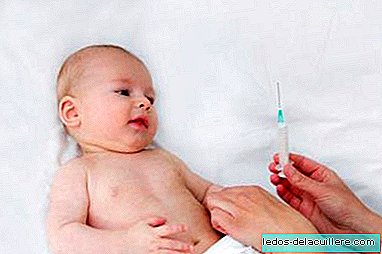
The Spanish Society of Clinical Immunology, Allergology and Pediatric Asthma (SEICAP) together with the Vaccine Advisory Committee of the Spanish Association of Pediatrics (CAV-AEP) prepared a document aimed at primary care professionals in which it is recommended to wait half an hour after vaccinating the child to detect possible allergies or adverse effects of vaccines.
Advise that the child wait half an hour at the health center after receiving the vaccine to check for any type of reaction that could occur and identify if it is an allergic reaction after vaccination or an allergy to vaccine components.
If a child is labeled having presented an allergic reaction to a vaccine, the following immunizations are likely to be suspended, with the risks that this entails.
Although most of the reactions are mild and localized at the injection site and the rate of severe allergic reactions is very low, it is also important that post-vaccination control to detect any problem. In case of reaction, the pediatrician will assess whether it is normal, or if it may be allergic to the vaccine or any of its components.
The proteins that cause allergic reactions, rather than the vaccine antigens themselves, are often residual components of the manufacturing process, such as gelatin and egg, and more rarely, yeasts or latex. In more severe cases, severe anaphylactic reactions may occur.
By waiting half an hour at the health center while waiting for any reaction, the doctor can distinguish between adverse reactions and allergic symptoms and not interrupt the vaccination unnecessarily. If it does not occur during that half hour, but a reaction appears within the first four hours, the child must return to the center to be assessed.












